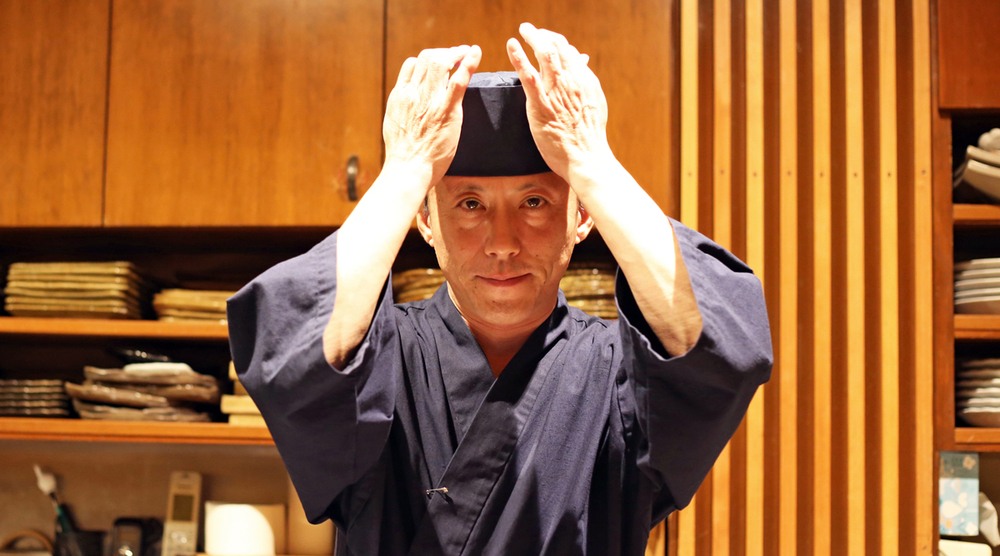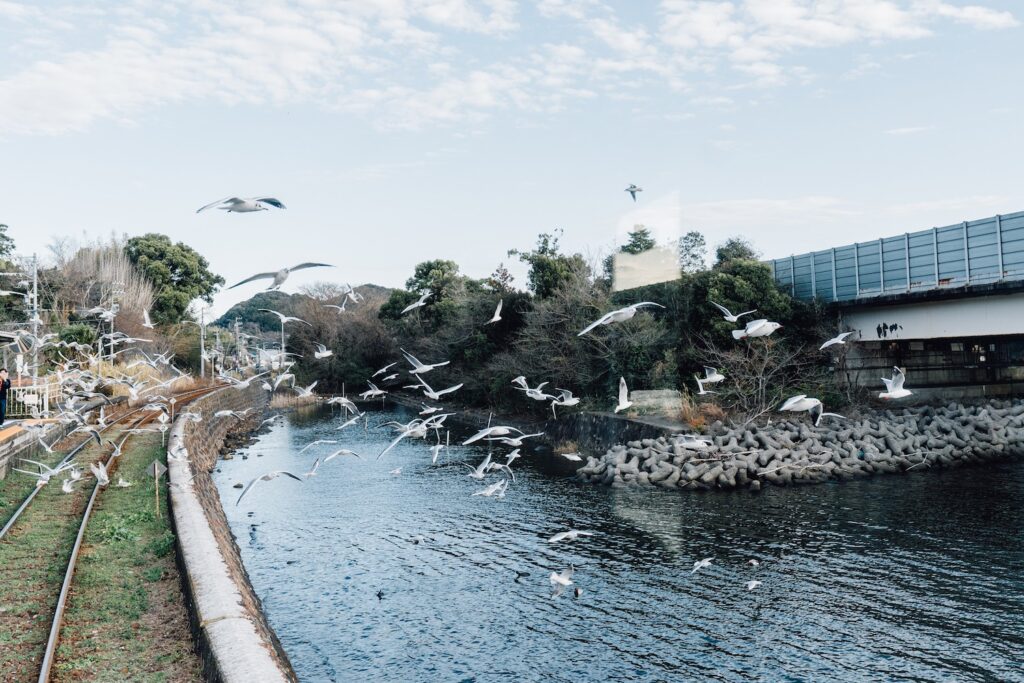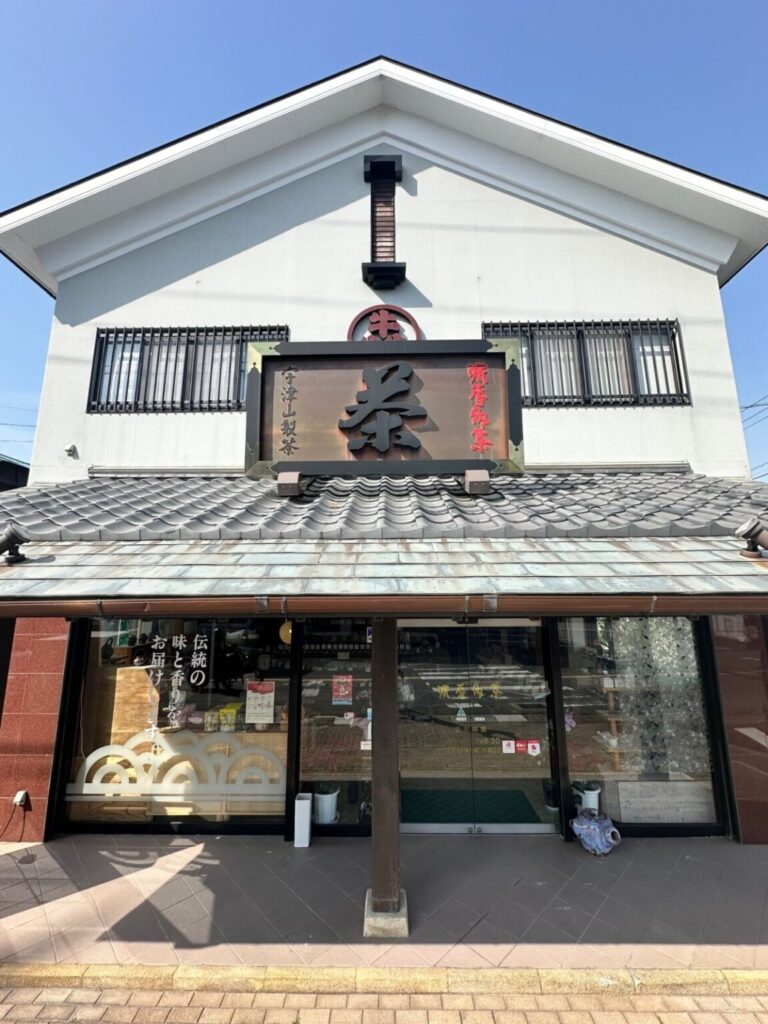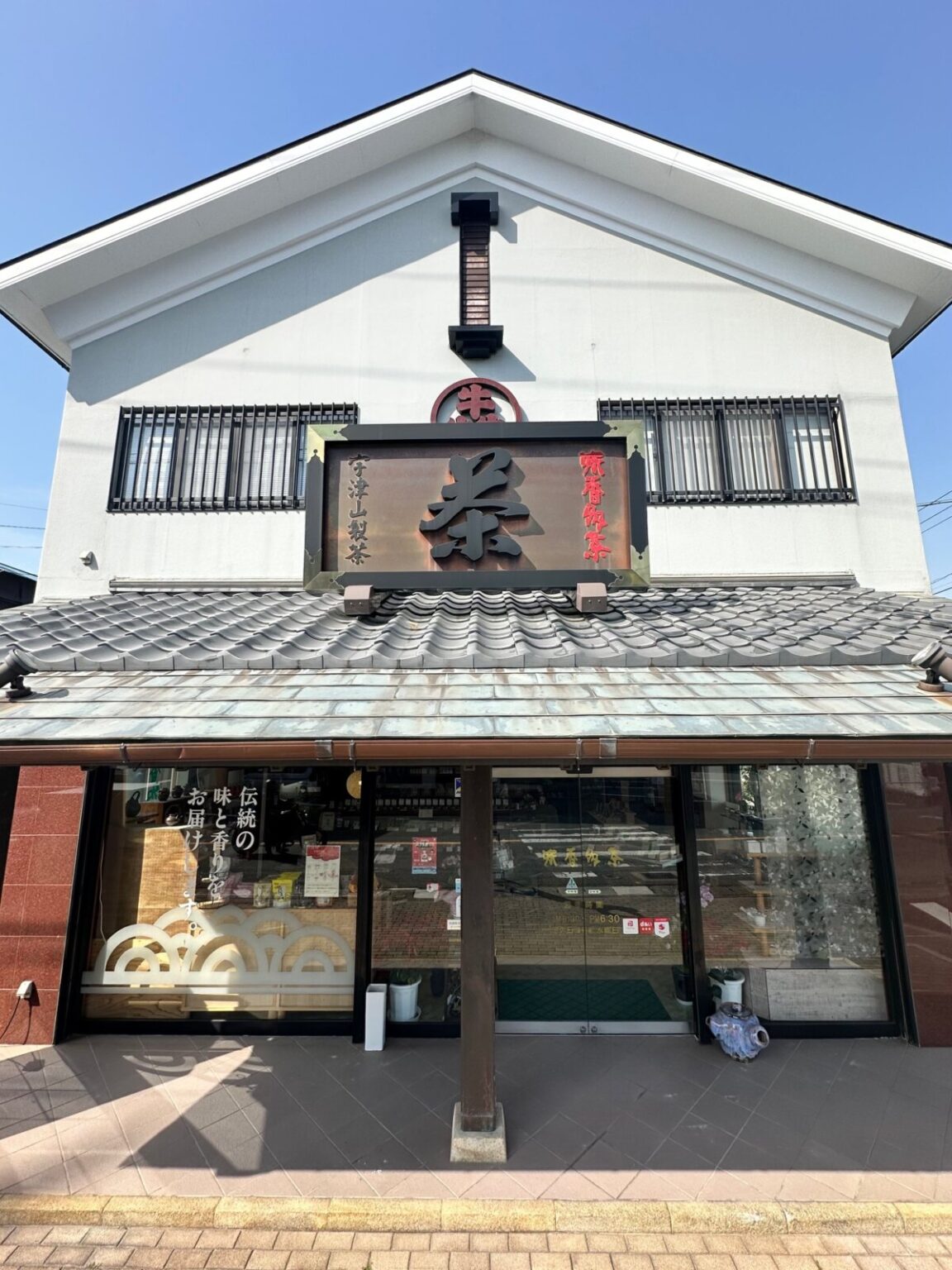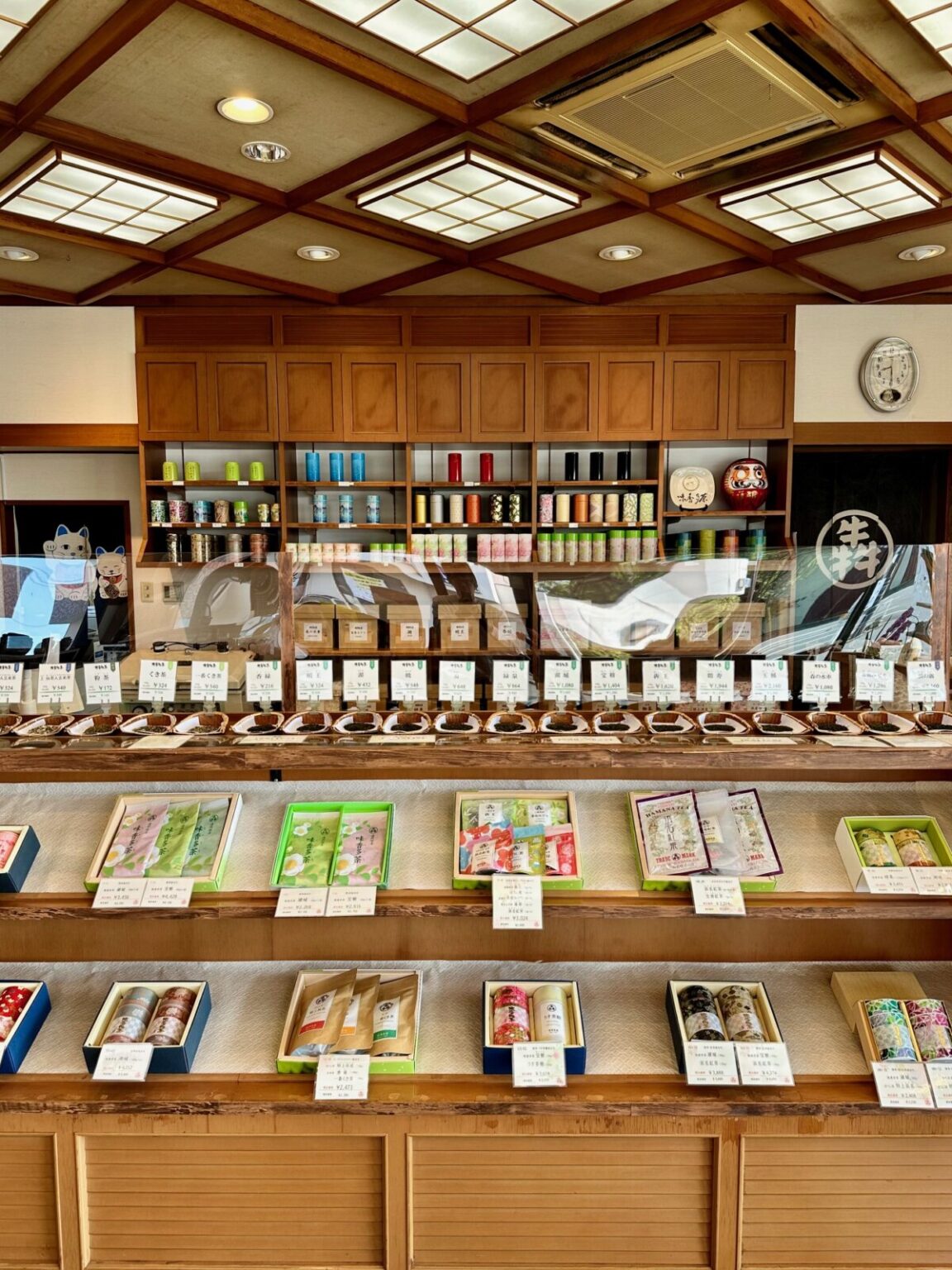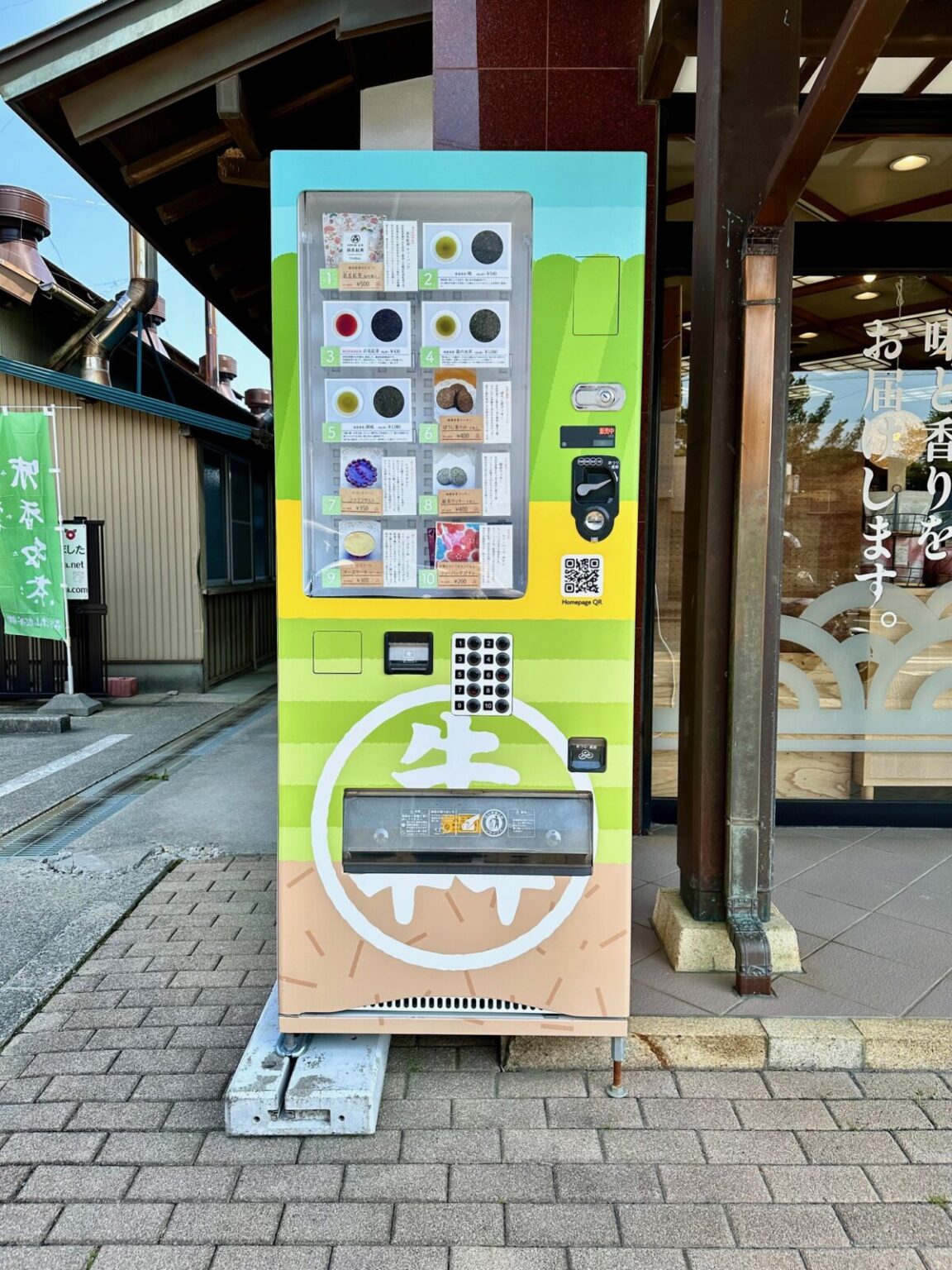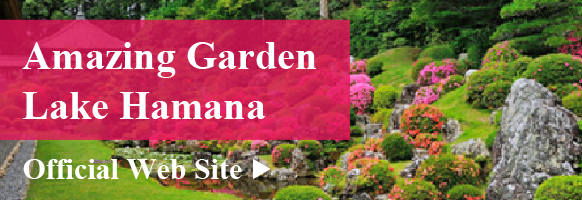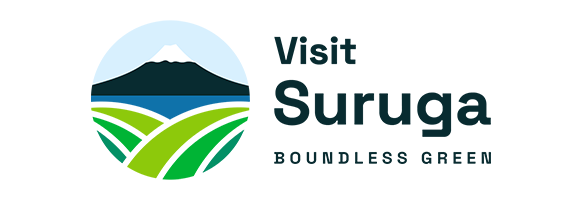Get to Know Hamamatsu

- Eat
- Buy
[Banana cultivation in the Hamana Lake area!?] Infiltrate a rumored banana farm in Kosai City!
Kosai City is known for its warm climate.
Kosai City grows an abundance of agricultural products such as strawberries and lettuce, which are currently in season.
In Kosai City, a certain fruit that is rare in this area is grown!
It’s actually a banana!
I was surprised to learn that bananas are cultivated in this area!
The bananas are grown in Riki, an area in the northern part of Kosai City.
Riki is a land facing National Route 301 with Lake Hamana right in front of you, with a wonderful view.

I heard that Riki had a banana farm, so I went to see it! !
Banana farm in Kosai City! ?
A secret banana farm that utilizes abandoned cultivated land in Riki, which is still unknown.
The bananas grown there are called “HAMANAKO Riki Bananas”.
The farm that produces “HAMANAKO Riki Banana” is managed by Mr. Sakakibara, president of Shinohara Construction!
President Mr. Sakakibara is the president of Ta Shinohara Construction, which handles formwork construction, and is also active as the owner of the banana farm we will introduce this time and “r cafe” located a few minutes away from the banana farm.

First of all, where in Japan are bananas produced? ? When I looked into it, I found that
The main banana producing areas are tropical regions such as the Nansei Islands in Okinawa Prefecture and the Amami Islands in Kagoshima Prefecture.
However, in recent years, cultivation has spread in various places such as Akita and Niigata prefectures, which are harsh on cold weather, as well as Hyogo and Okayama prefectures, and cultivation is becoming mainstream throughout the country.
Banana farm in Riki, Kosai City
Now, from here, I will introduce the banana farm in Riki, Kosai City!
The banana farm is located in an alley off National Route 301 in Riki, Kosai City, and is one of the vinyl greenhouses in a rich natural environment!

Differences between vinyl greenhouses
Unlike other greenhouses, the greenhouse at Riki’s banana farm is environmentally friendly!
So, what kind of environment is considered? ?
Building a greenhouse using waste materials
In Japan, greenhouses require the creation of a cultivation environment suitable for crops in order to produce stable agricultural products throughout the four seasons.
Therefore, “heating” ability is required to warm the inside of the greenhouse!
Typical greenhouses are heated using hot air heaters that use heavy oil as their main fuel.
Heavy oil has a significant impact on greenhouse operation due to its rising prices and large environmental impact.
but! At Riki’s banana farm, heating is done without using any heavy oil.
One of the reasons for this is the heating effect of using waste formwork (wood-based materials).

This greenhouse mainly produces hot water and uses heat radiation to create temperature indoors.
To produce the hot water, waste wood formwork that will be discarded at Shinohara Construction’s construction site will be burned and the hot water will be stored in a 50,000 liter hot water storage layer.

It burns while there are working staff, and the temperature is adjusted so that the temperature does not drop below 20 degrees even in winter.
So what do you do when there are no working staff? ?
At night and on holidays, we use a fully automatic pellet boiler.
We will use a hybrid method backed up by a pellet boiler to achieve cultivation that does not rely on fossil fuels.

The pellets that serve as fuel for pellet boilers are uniform in size and shape, so automatic combustion operation is possible, and the benefits are that they have excellent combustion efficiency, produce little ash and smoke, and are easy to maintain.
It has an environmentally friendly vinyl house structure!

Characteristics of Bananas from Riki, Kosai City
Now, let’s introduce the main topic, HAMANAKO Riki Banana!
HAMANAKO Riki banana is a variety called “Gross Mitchell”◎
The sugar content, which is one of the indicators to measure the sweetness of fruit, is extremely high at approximately 25℃, and it is characterized by its sweet banana aroma, rich taste, and sticky texture!

Since they are grown without pesticides, you can even eat them whole, including the skin!
Ripe banana peels are packed with nutrients, with research showing that they have the effect of inhibiting prostate enlargement.
Cold-resistant seedlings were planted in September last year and are being grown without pesticides in a plastic greenhouse.
After that, once the fruit has grown to a certain size, the stem is cut off and the fruit is allowed to ripen before being sold on the market.
The price is high compared to what is on the market.
However, it is a domestically produced product that is quite rare and valuable, so I can understand the price, but it feels like it overturns the conventional wisdom about bananas. (lol) I think it’s a gem with hidden value!
What are the signs that bananas are ripe for eating? ?

The best time to eat is when many brown stars called sugar spots appear! !
Unlike the color and ripeness of imported banana skins, even if the skin looks brown, the inside is pure white and has a chewy texture◎
Why he decided to start a banana farm
When President Mr. Sakakibara talked about his thoughts and motivations for starting this banana farm, he often mentioned the term “young people becoming reclusive.”
Every year, the number of young people who tend to withdraw from society is increasing nationwide.
For such young people, I wanted to create a place for young people who tend to withdraw, and I came up with “agriculture” and a “café.”
By accepting young people who tend to be reclusive, we aim to help them discover the joy of working together at farms and cafes, and to give them an opportunity to enter society.
Having said that, President Mr. Sakakibara, who has been active in a field other than agriculture, is learning from scratch and working with his employees to cultivate bananas at a banana farm.
The president said that he had seen the backs of those who took on challenges himself, and that he hoped to be able to convey to young people the importance of taking on challenges.
Banana cultivation started on land that had been abandoned.
I hope that the banana farm and r cafe will become a community where all kinds of people can come together, including not only children but also children with disabilities.
Where can I buy HAMANAKO Riki bananas? ?

r cafe run by the same owner.
We also sell bananas in the store and offer gelato made with Riki bananas at all times.
At r cafe, we always have banana gelato made with HAMANAKO Riki bananas!
Be sure to try the rich banana gelato!
From mid-February, it will also be available at Michi-no-Eki Shiomizaka in Shirasuka, Kosai City!
You can also purchase it at Entetsu Store!
What did you think?
In fact, Kosai City produces a rich and special banana that stands out from the rest.
We are looking forward to the future development of the banana farm and the day when President Sakakibara’s dreams come to fruition!
r cafe
Official website https://riki-pro.jp/rcafe
Official Instagram https://www.instagram.com/rcafe531/
